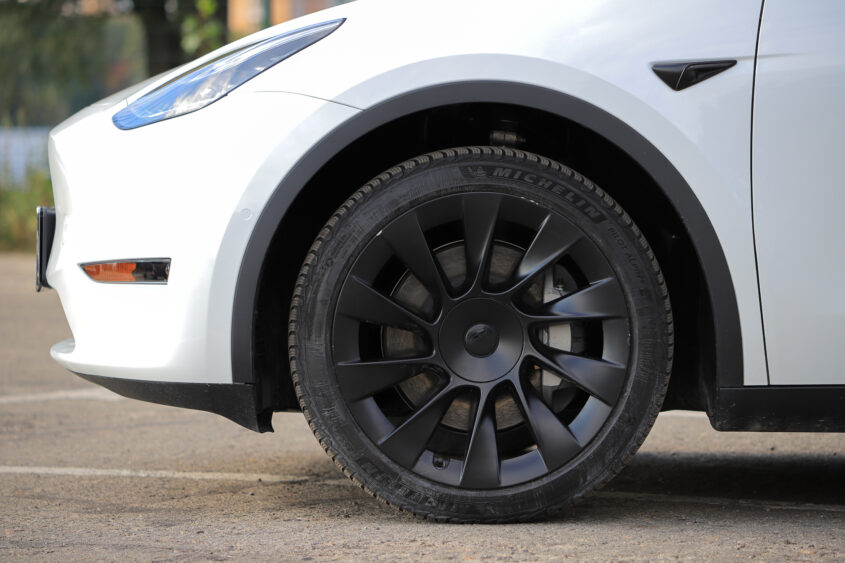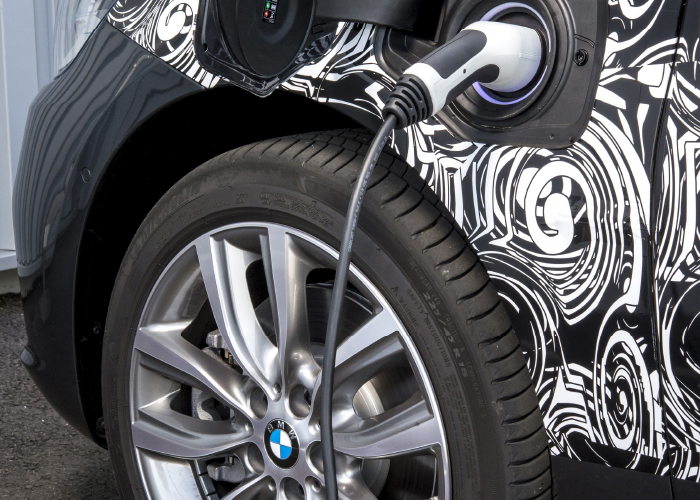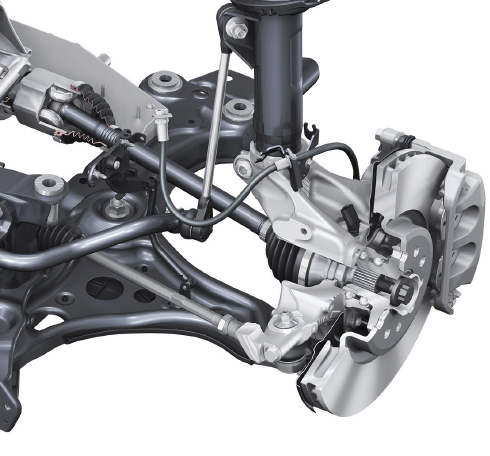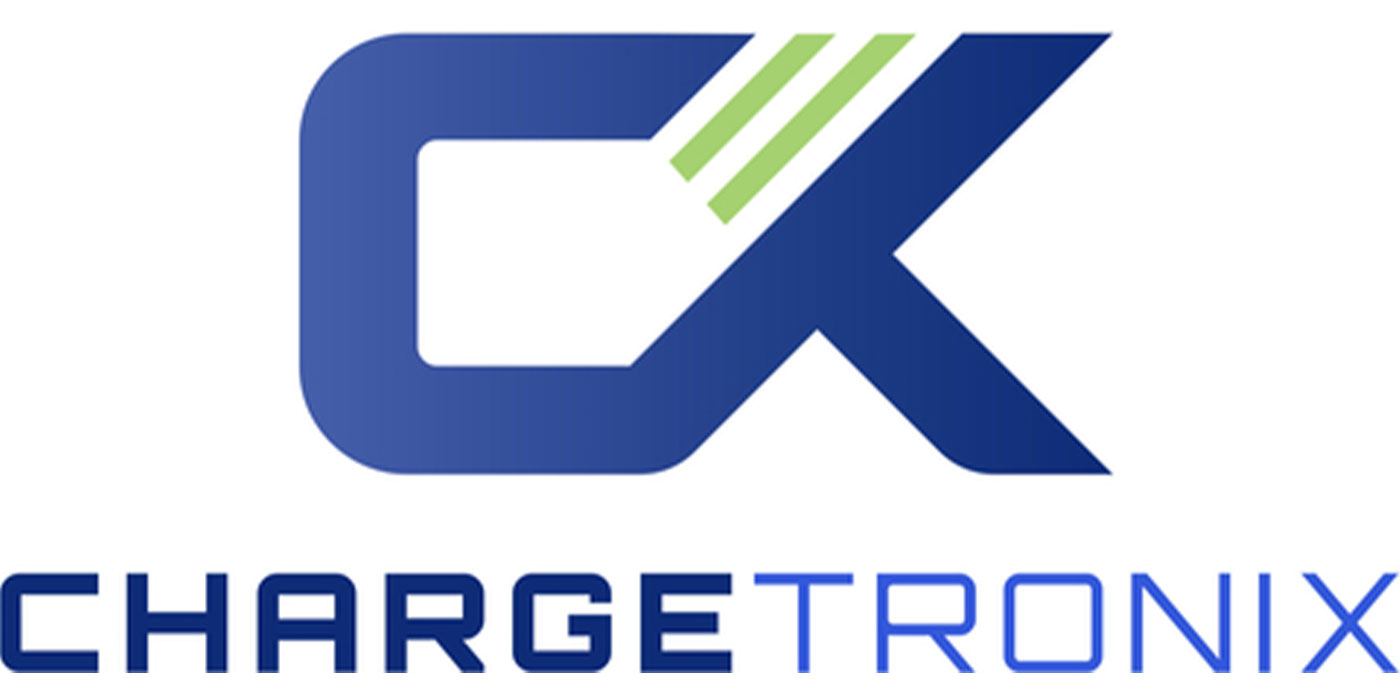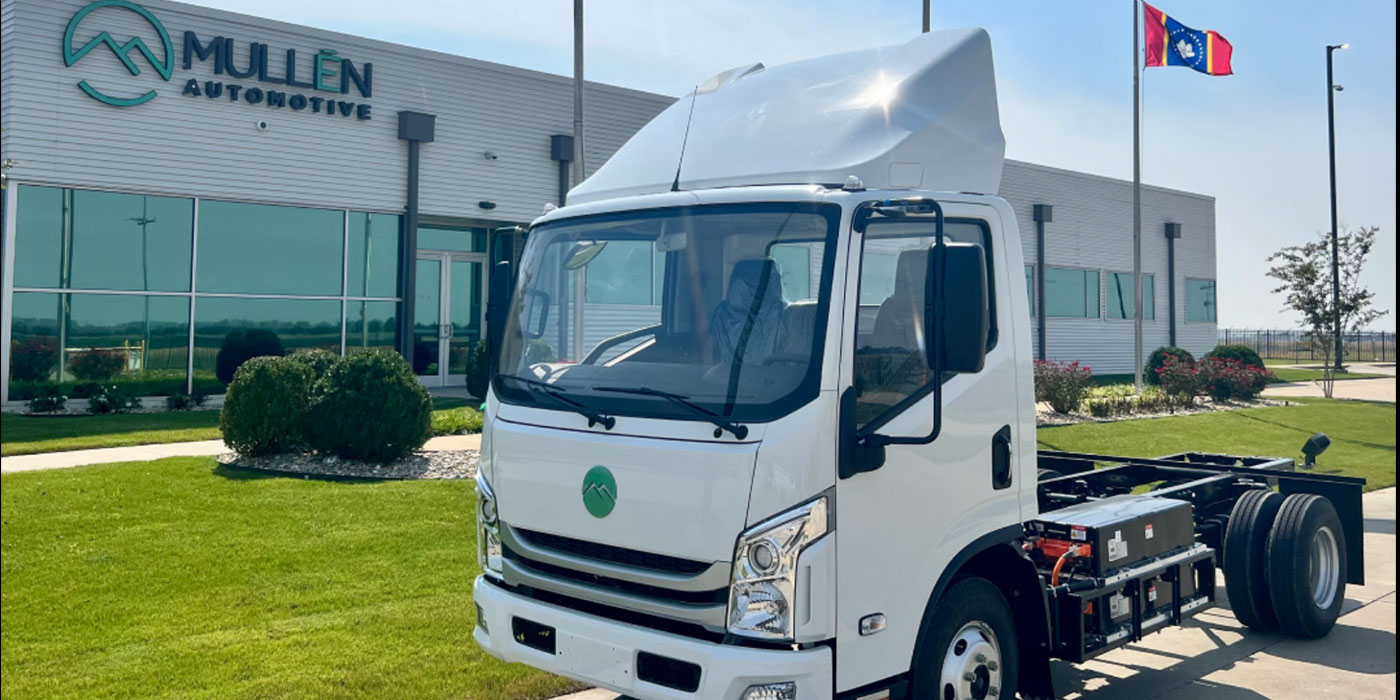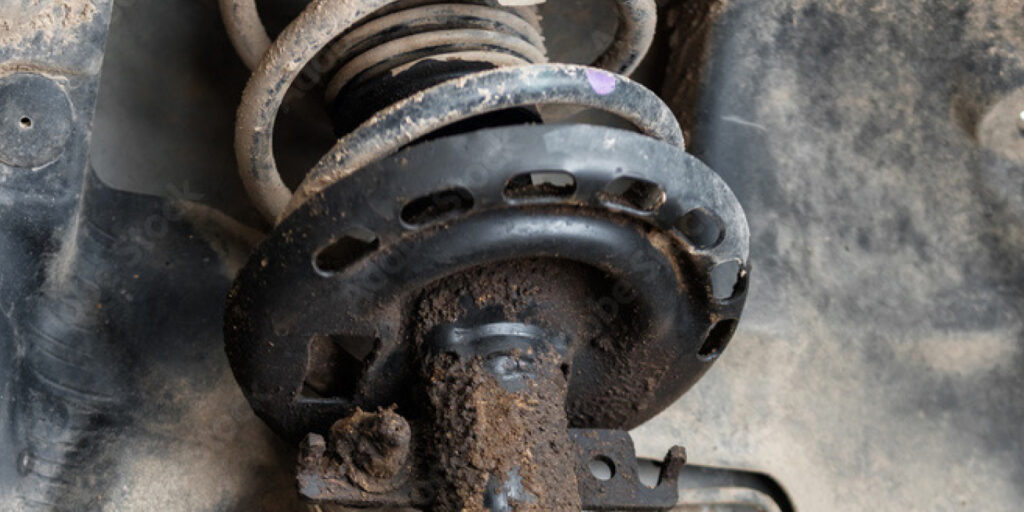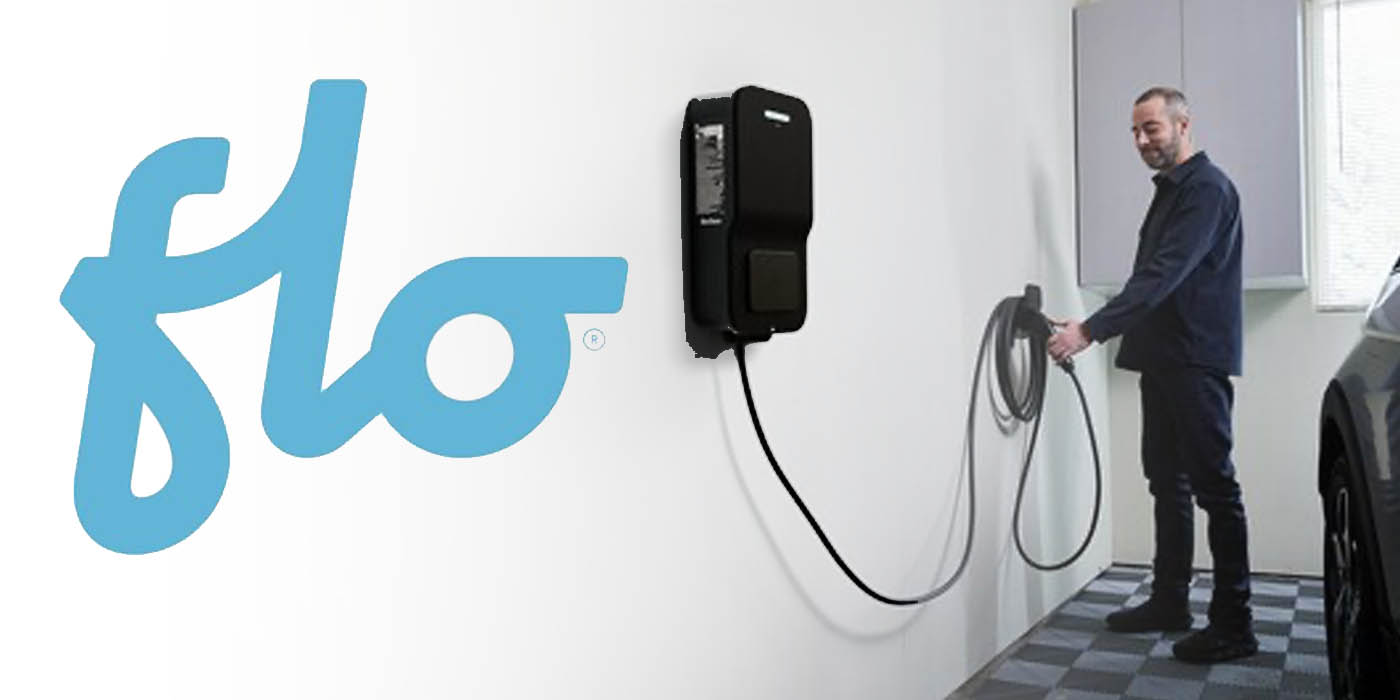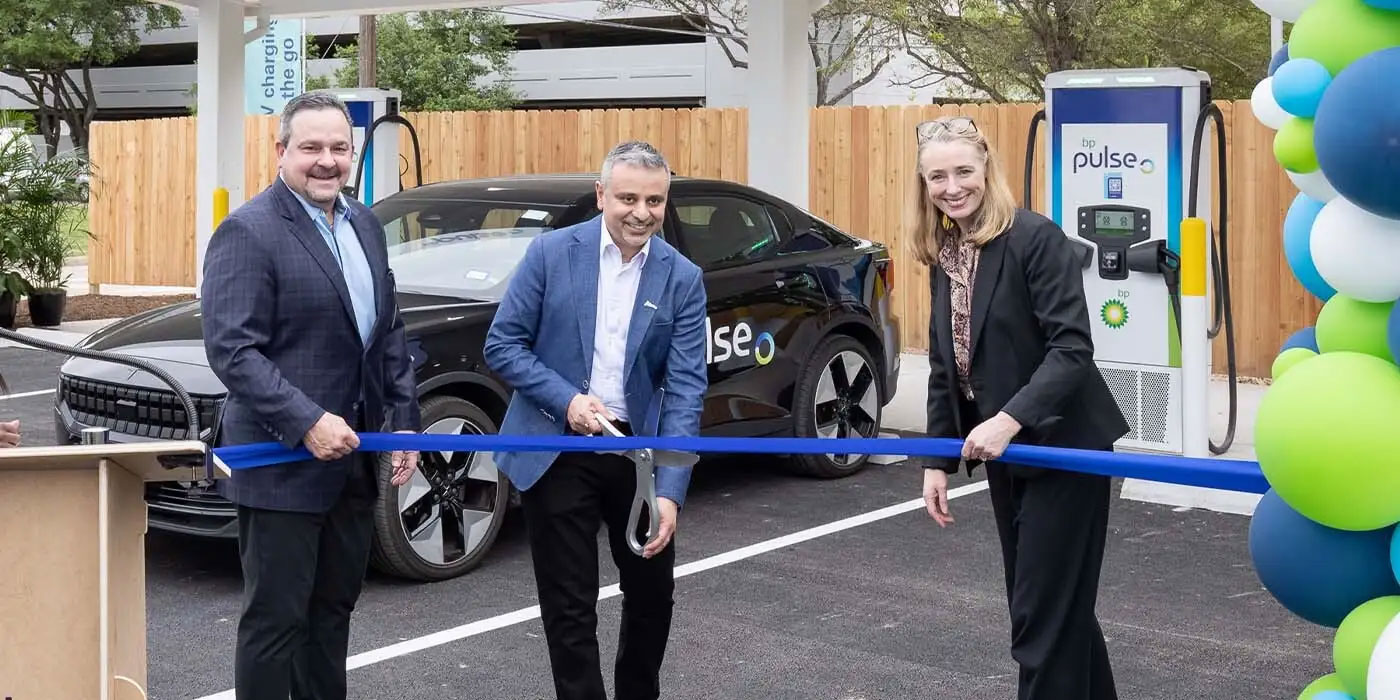Wheel bearings and hubs are safety-critical components. They need to help the wheels turn with as little resistance as possible while also helping to support the weight of the vehicle. They are just as important, if not more so, when installed on Hybrid Vehicles (HVs), Plug-In Hybrid Vehicles (PHEVs), and/or Electric Vehicles (EVs). These vehicles will be coming into your shop in the future; are you prepared for the service and repair opportunities that they will provide?
Added Curb Weight
With very few exceptions, there are hardly any differences between the wheel bearings used on gasoline-powered vehicles and EVs. They may in fact be the exact same parts for both applications. However, the bearing will have to work harder on an EV.
Here’s the simple truth – HVs, PHEVs, and EVs are heavy. A hybrid vehicle has the added weight of all of the electrical components on top of the engine and the rest of the drivetrain. EVs are also typically heavier thanks to the sheer size and weight of the battery packs and the electric motors.
To illustrate this point, let’s compare the curb weight of a 2019 VW Golf with the 1.8T engine, and a 2019 e-Golf EV. The conventional Golf weighs in around 2,963 lbs., whereas the e-Golf tips the scales at 3,455 lbs. This means that the e-Golf wheel bearings have to support an extra 492 pounds of vehicle weight.
Keep this added weight in mind whenever servicing one of these vehicles. It’s in your best interest, as well as your customers, to choose the highest quality bearing possible. Higher-quality bearings will be more likely to stand up to the punishment from potholes and rough road surfaces. Choosing to install a high-quality bearing will help to maximize the life of the repair and make your customer happy in the process.
Lifting Points
Safely lifting and supporting the vehicle is critical. Most EVs and HEVs will have lifting points stamped into the unibody. Some EVs might require special blocks to be inserted into holes on the lift points, whereas others will recommend blocks or pucks that slide over the pinch welds on the rockers.
Whenever in doubt, always check the OEM service information. Finding the information about the lift points can vary depending on the manufacturer. Many OEMs include this information in their service information websites’ free or public pages. Alternatively, check the Automotive Lift Institute’s (ALI) Lifting Points Guide for many popular EV and HEV vehicle lift points.
If you still find yourself stumped, try Googling the vehicle’s make and model along with the term “first responder sheet.” The first responder sheets can be a treasure trove of information. Never guess regarding the lift points; these battery packs can cost thousands of dollars, so it can be a very costly, and dangerous mistake. Always double-check after the arm or pad has made contact with the lift point before continuing to lift the vehicle into the air.
Wheel Bearing Replacement
As we said earlier, there are typically no differences between the wheel bearings used on conventional vehicles versus those used on HVs, PHEVs, and EVs. It stands to reason that the replacement procedure should be largely the same for both applications. There are, however, a few things we’d like to point out whenever you’re performing this type of repair.
Start with a road test to verify the customer concern. Before attempting to lift the vehicle, confirm that the ignition is in the OFF position. Lift the vehicle and remove the wheel(s). We always recommend removing the wheel speed sensor first. The head of the wheel speed sensor can be damaged when removing the CV axle (if applicable), or a missed hammer blow can take it out. Be careful with the protective boots on the ball joints, tie rod ends, and CV axles.
When a bearing hub assembly is installed into an aluminum knuckle, galvanic corrosion can form between the dissimilar metals. This can make removing the hub assembly a real challenge! If you run into this issue, the key is to rotate the hub unit inside the knuckle bore to break up the corrosion, then work it outward. If needed, try heating the knuckle. In most cases, the aluminum will expand enough to expedite removal of the hub assembly. But, as we all know, sometimes an air hammer is the best tool for this job.
Clean the knuckle and the bearing bore before installing the new bearing unit. Check the OEM service information for torque specifications and procedures. There may be special repair considerations which you are not familiar with.
Some applications may require new fasteners to be installed whenever the bearing is serviced. These fasteners may be known as “stretch” or “Torque to Yield” bolts. This type of fastener is literally stretched when torqued to specification to apply the maximum clamping force possible. They cannot be reused once stretched since they cannot apply that same clamping force again.
Post-Repair Considerations
Once the repair is complete, you should always confirm the problem has been fixed. Do this by clearing any codes present in the control modules and performing a short test drive. Make sure that none of the dashboard warning lights come back on, and there is no abnormal bearing noise present.

